Handmade African crafts are more than just beautiful objects; they’re cultural treasures that tell stories and connect us to the rich heritage of the continent. They are cultural treasures that tell the stories of tradition, artistry, and heritage. Whether it’s a hand-carved wooden sculpture, a vibrant beaded bowl, or a soapstone figurine, these unique pieces deserve special care to maintain their beauty and longevity. Here’s a guide to help you protect and preserve your African crafts for years to come.
1. Avoid Direct Sunlight
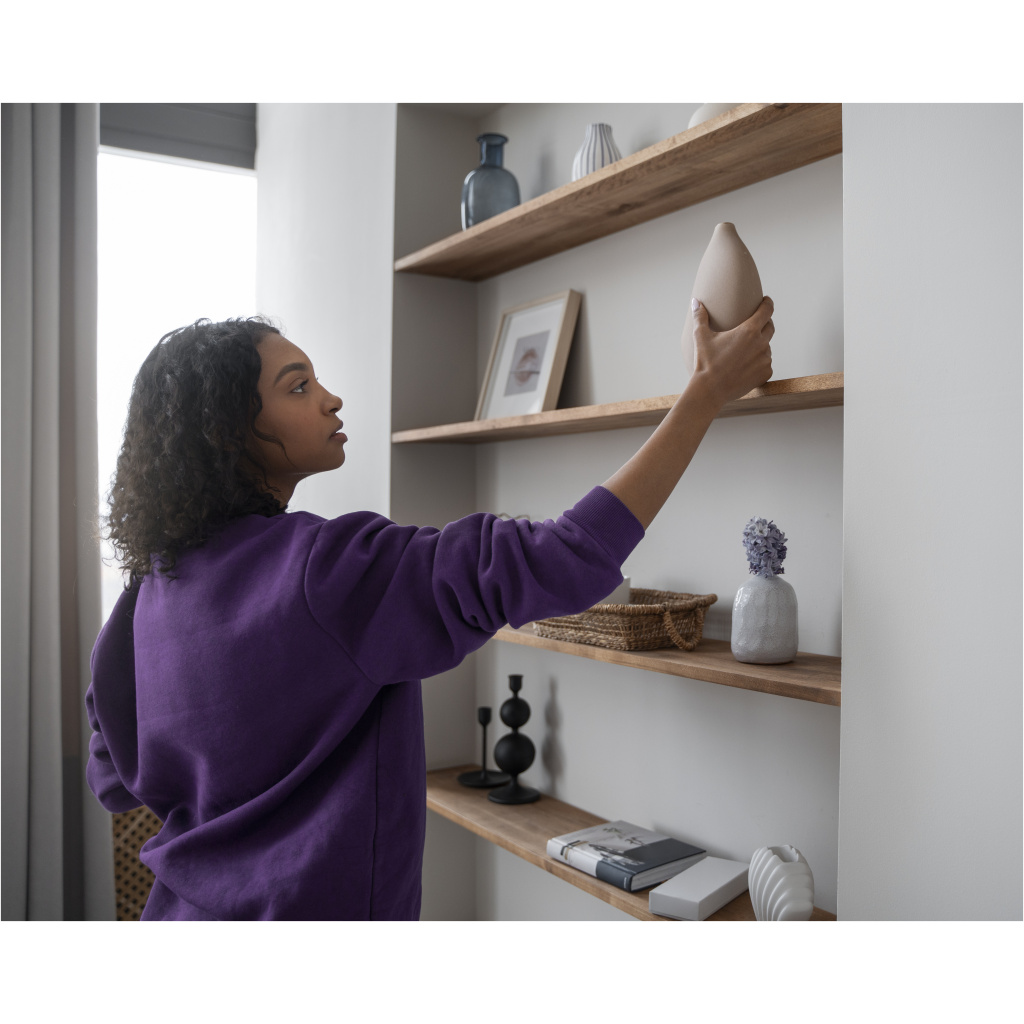
African crafts, especially those made from natural materials are easily affected by the sun’s ultraviolet cause fading, cracking, and warping of materials like wood, textiles, and natural dyes.
Tips:
- Display your crafts in shaded areas away from direct sunlight or harsh UV rays.
- If your craft is displayed near a window, consider using curtains or blinds to diffuse the light. Also, rotate it regularly to ensure even exposure to light and prevent uneven fading.
2. Clean with Care
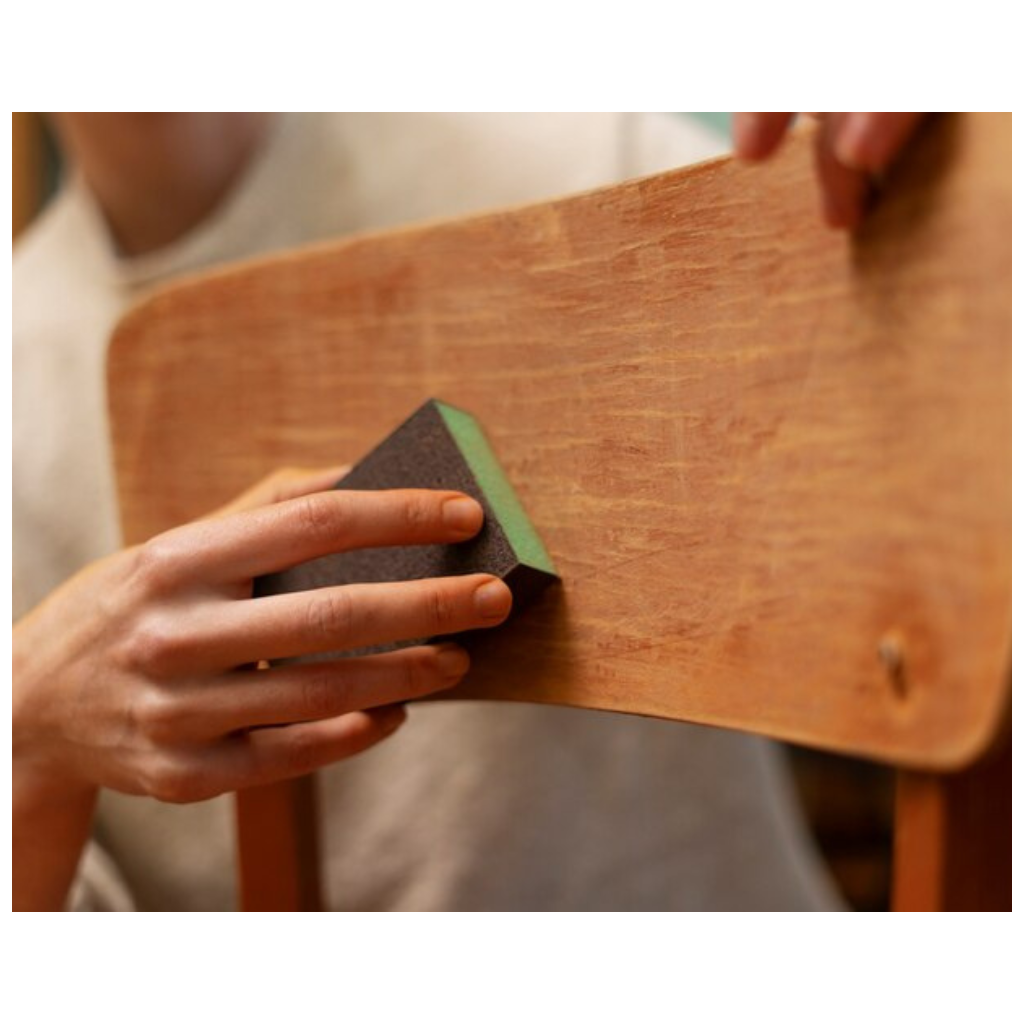
Unlike mass-produced items, handmade crafts require gentle cleaning methods to avoid damaging their delicate details.
Tips for Cleaning:
- For most art use soft, dry cloth to remove dust and dirt. This is particularly important for wooden sculptures or painted items to prevent scratches.
- For beaded or woven crafts, a soft-bristled brush can help remove dust from crevices.
- Avoid using water or harsh cleaning solutions, as these can damage paint, wood finishes, or delicate materials like soapstone.
3. Keep Away from Moisture
Many handmade crafts are sensitive to humidity and moisture, which can cause warping, cracking, or discoloration over time.
Tips:
- Avoid displaying or storing crafts in damp areas like bathrooms or basements.
- If you live in a humid environment, consider using a dehumidifier to protect your pieces.
4. Handle with Care
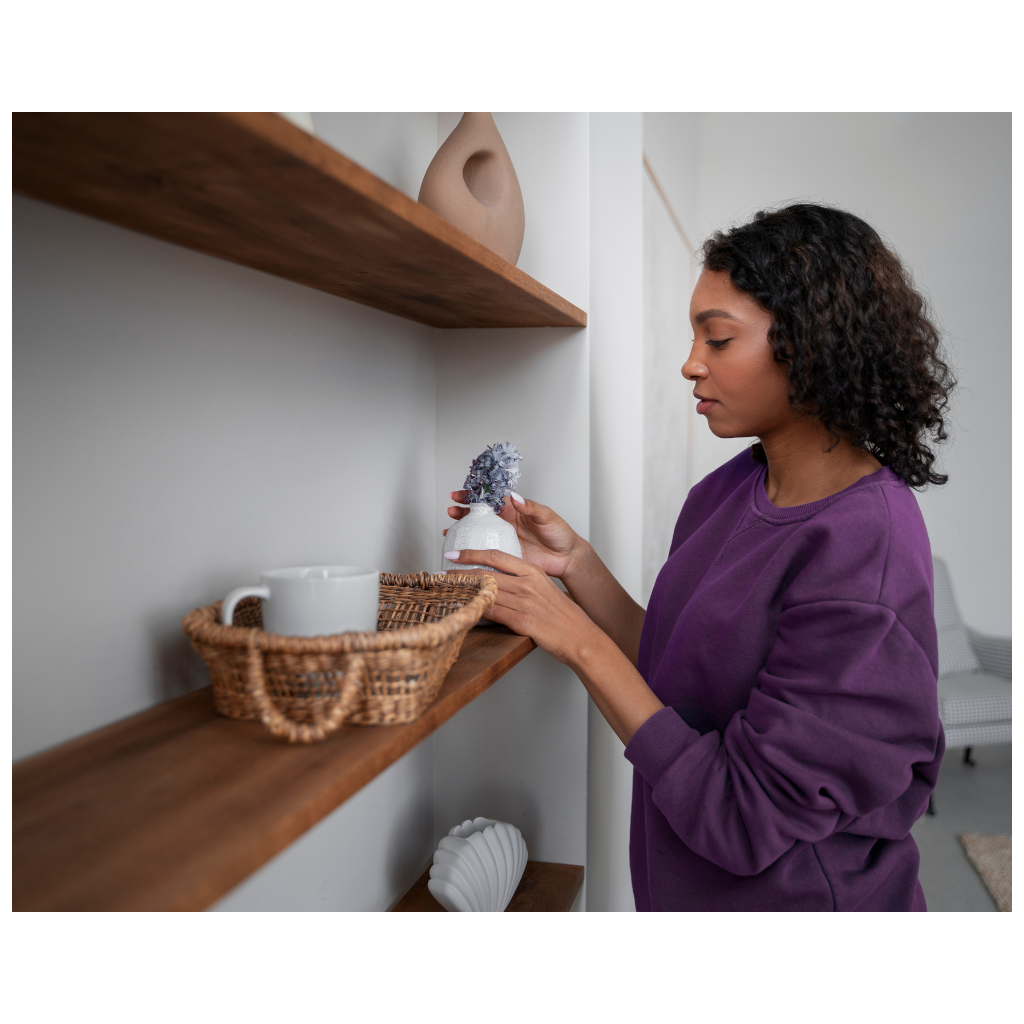
Handmade African crafts are often intricate and fragile, so proper handling is essential.
Tips:
- Always lift sculptures, bowls, or other pieces with both hands to avoid dropping them.
- Be mindful of beaded crafts, as their intricate designs can loosen if handled roughly.
5. Store Properly When Not in Use

If you need to store your crafts temporarily, proper storage is crucial to prevent damage.
Tips:
- Wrap delicate items in soft fabric or bubble wrap before placing them in a sturdy box.
- Store wooden or soapstone pieces in a cool, dry place to avoid exposure to heat or humidity.
- Label your storage containers to ensure easy identification without unnecessary handling.
6. Regular Inspections
Check your crafts regularly to identify any signs of wear, fading, or damage. Early detection allows you to address issues before they worsen.
Tips:
- For wooden pieces, consider applying a light layer of beeswax or furniture polish (suitable for the specific material) to restore their sheen.
Why Care Matters
Caring for handmade African crafts goes beyond maintenance—it’s about respecting the artistry and cultural significance behind each piece. Every item you own is a testament to the skill and creativity of artisans who pour their heart into preserving African traditions. Let your crafts not only tell stories of the past but also become cherished heirlooms for the future
Join Our Newsletter!
Stay updated with the latest African handmade treasures and exclusive offers.
-
Celebrating Global Heritage – A Month of Culture, Craft, and Connection
 No CommentMar 13, 2025
No CommentMar 13, 2025 -
Celebrating Women Artisans in Africa this International Women’s Day 2025
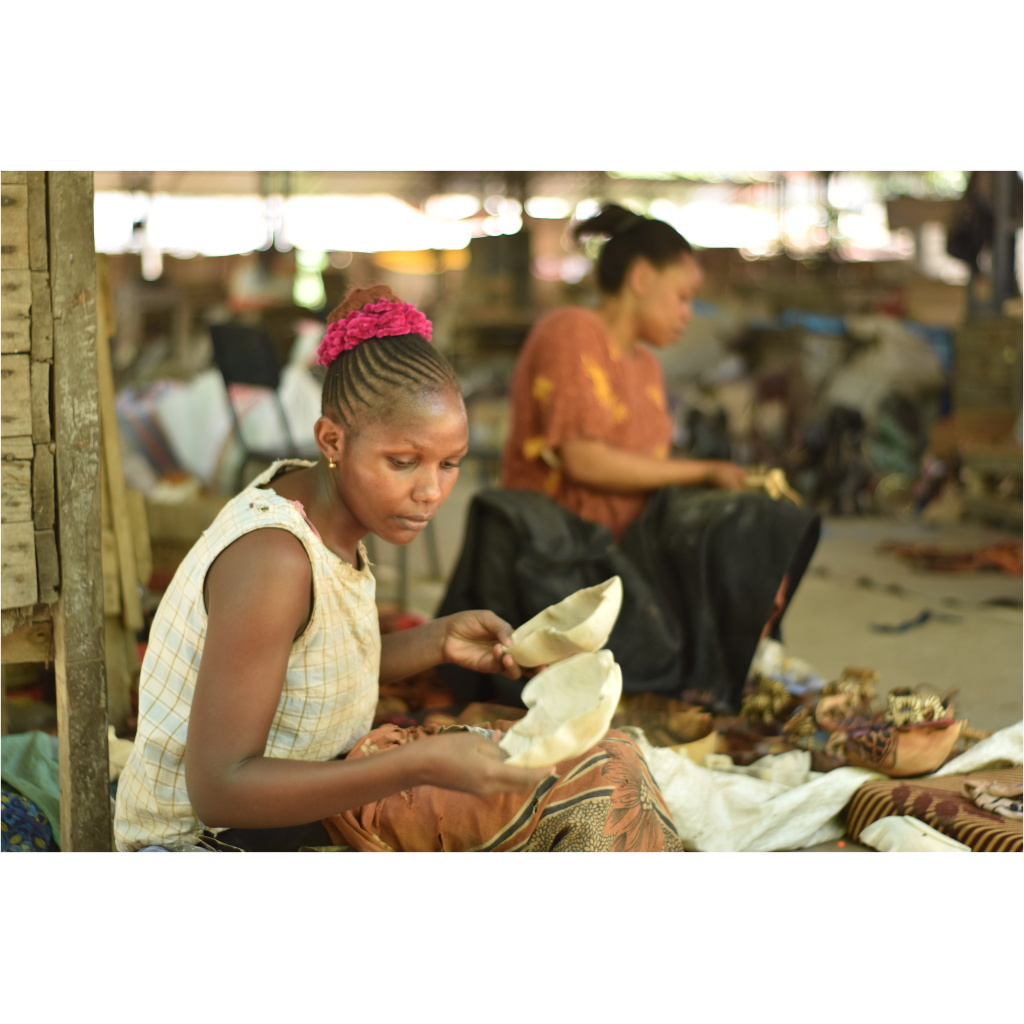 No CommentMar 6, 2025
No CommentMar 6, 2025 -
Redefining Creativity In a World of Limitation
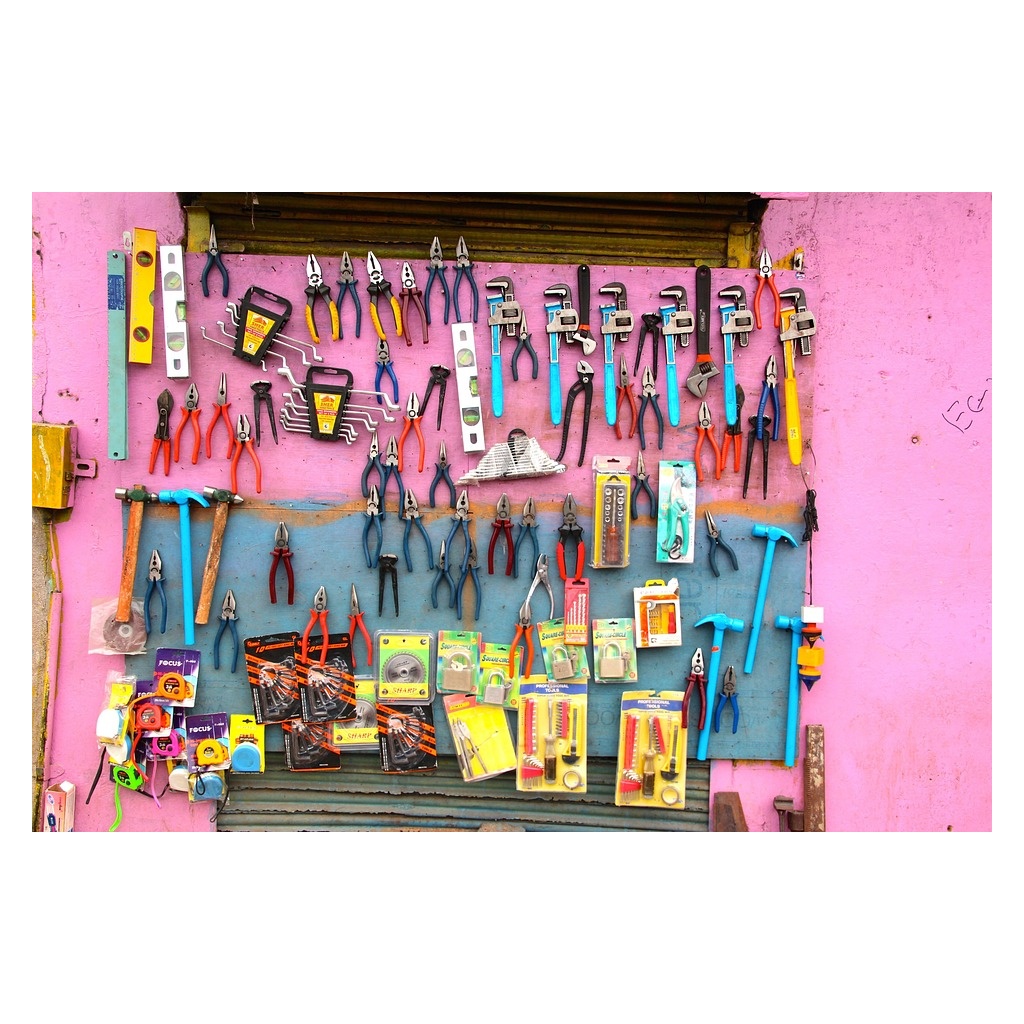 No CommentFeb 20, 2025
No CommentFeb 20, 2025 -
Drop Shipping: How Crafts of Africa Operates
 No CommentFeb 20, 2025
No CommentFeb 20, 2025 -
Authenticity Matters: Why We Should Rethink Souvenir Shopping
 No CommentFeb 19, 2025
No CommentFeb 19, 2025
Join Our Newsletter
Stay updated with the latest African handmade treasures and exclusive offers.News
Recent Comments
- Nathaniel on Red Wooden Tortoise
- Nathaniel on Wooden Hippopotamus
- Tyrelle on Handmade & Painted Wood Giraffe
- Glenn on Handmade & Painted Wood Giraffe
- Neil on Handmade & Painted Wood Chameleon
